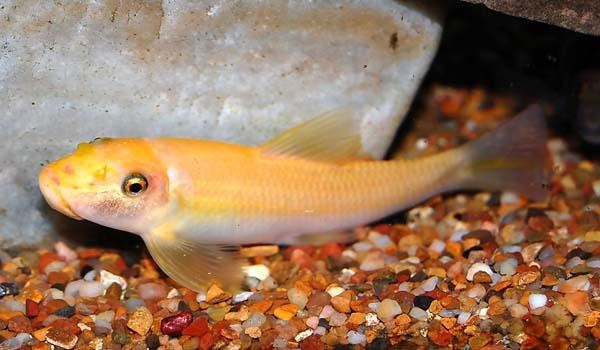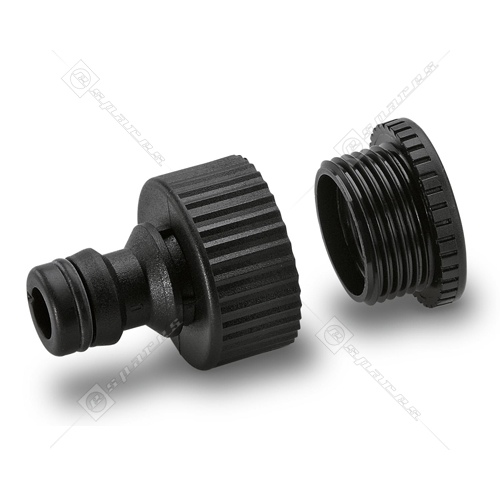Title Page
STARTERS
The Basics
-
Employee
-
Date
-
Time Started
Setup
-
Use STEEL PLATE to hold DOOR open. HOSE out door to DRAIN.
Observations
-
Before photos
FISH (Horseface trio, Silver dollars, Congo tetras and Angels)
-
How are they?
-
Looking good? Place a pinch of flake food in and observe how they eat.
-
Take PHOTO where possible and NOTE down details
-
Unwell? Take photos of individuals and check for causes. Questions: 1. Is it just an individual or many affected? 2. Check for uneaten food, levels of ammonia or nitrite. 3. Filter or heater stopped or malfunctioning?
-
CONTACT BRUCE IMMEDIATELY
-
This is often a symptom of TOO MANY NITRATES If safe to do so, plan a 50-75% water change.
-
Anything on BODY? <br>WHITE SPOTS?<br>FUNGUS?<br>WOUNDS?
-
Take PHOTO of cases and NOTE down details
-
ALGAE LEVELS on glass
-
This is typically an indication that we have lost our main cleaner, the SUCKING CAT. Make a search and note your findings.
Plan for a large water change (75%) to dilute the nutrients in the water -
This can be a result of SUCKING CAT gone and/or lights been left on for 24/7. Search for catfish check timer and check with owners that they haven't possibly left the light on continuously. Plan for a large water change (75%)
THE FILTER
The Filter
-
Flow from filter getting slow?
-
Plan for service to CANISTER FILTER
Tests part 1
Tests part 1
-
TEMPERATURE test (ideal 24-26 C)
-
A bit too cool. Is heater functioning/plugged in?
-
Replacement Heater with you?
-
Set the thermostat for a conservative 25degrees, we can adjust next month if need be
-
Depending on how long before replacement is likely to be installed then leave post-water change temp approx 26 degrees.
-
Increase THERMOSTAT (clockwise) and make note of how much.
-
Increased THERMOSTAT by:
-
Depending on how long before replacement is likely to be installed then leave post-water change temp approx 26 degrees.
-
Pretty warm. Is THERMOSTAT functioning?
-
Decrease THERMOSTAT (anticlockwise) and note by how much.
-
Decreased THERMOSTAT by:
-
Replacement Heater with you?
-
Check with BRUCE, but if the THERMOSTAT doesn't respond to being turned down then better to have a cool tank than risking cooking the fish, so UNPLUG and remove faulty unit. Leave temperature at approx 26 degrees. Make a follow up here
-
Remove old one and install new one during refill. Set the thermostat for a conservative 25degrees, we can adjust next month if need be
-
Good. Refill with HEATER or KETTLES OF BOILED WATER in COLD months.
-
Rinse TEST VIALS in tank water, pH (square vial) and GH (large round vial) MEASURE 5ml in each and SET ASIDE for later. (Tip: use SQUARE VIAL or a SYRINGE to measure an accurate 5ml for the GH)
The Drain
The Drain (min 50% typical. 60-70% in heavy algae conditions)
The SAND
-
Plan to do a VACUUM?
-
Sand packs so tightly it doesn't harbour debris. Vacuum only for picking up debris from surface of sand. Normal vacuuming not necessary in this fine substrate and can easily result in sand being sucked out!
-
Be sure the TWO SUCTION CUPS on the HOSE are secure to FRONT of GLASS. (WETTING improves their suction)
-
Slide VACUUM inside the DRAIN HOSE. (Wet first 15cm or so in TANK WATER helps it slide in)
-
How dirty was it?
-
Be sure to at least stir up the sand to remove dead spots before fast drain. Alternative is to use a course net to sift the sand through and catch heavier particles.
FAST DRAIN
-
Servicing filter?
-
Have media prepared in buckets SOME TANK WATER while awaiting going back into the filter.
-
Attach BASKET STRAINER from kit to tank-end of HOSE.
-
Ensure both SUCTION CUPS are functioning. SPARES in kit.
-
Place HOSE inside front glass at the DESIRED HEIGHT of water change. (standard for this tank is 50%)
-
HINTS: If you performed a GRAVEL VAC then the SIPHON can often be started by "SNAKING" the hose,
PUSHING the water already in the line TO CREATE the necessary SUCTION.
If HOSE is EMPTY, then cup thumb and forefinger over end of hose and suck for max 2 seconds.
NB. The LOWER the WATER LEVEL the MORE effort is required to start
If FILTER media to be washed do so now. -
If performing large water change, chances are that you will go below the INTAKE of the filter and thus will need to re-prime the system after refill has brought the water level above the intake. Using the red priming button
The Refill
The Refill
-
Screw on CLICK FITTING TAP ADAPTOR (stored in cupboard) to drain end of hose.
-
Tap here for Tap Adaptor pic
-
Tap Adaptor
-
Turn on GARDEN HOSE to both FLUSH out old water and set the RATE of flow. During this: Pull out HOSE & connect to BLACK HOSE.
-
Orientate tank-end HOSE to be HORIZONTAL Remove BASKET STRAINER and replace in kit.
-
In COLD months or water changes at 50% or larger use SOUP HEATER. REMEMBER: always plug into WALL OUTLET. Place close to FLOW of new water.
Things To Do During Refill
-
Filter to reassemble?
-
Be sure that the top of the filter bucket and head rubber seal are free from any sand or grit before re attaching
-
Easiest to prime while water level is below the OUT pipe
-
CLEAN GLASS. Easiest at LOW WATER LEVELS SOFT ALGAE: lightly with sponge DARK GREEN spots: best with SCRAPERS CAREFUL on curves with scrapers!!
-
Water level high enough? Turn HEATER ON and filter restart if appropriate.
Tests (continued) NOTE: the following advice is based on PRE-WATER CHANGE samples
-
pH Test? 3 drops in 5ml. (ideal range 6.8-7)
-
ADD approx 2 tsp CORAL SAND.
-
ADD approx 3 tsp CORAL SAND
-
ADD approx 4 tsp CORAL SAND
-
Is this expected? Been a recent large dose of coral sand last time?
-
Rinse test tube thoroughly and retest. (Any traces of ammonia or GH tester solution will give a false alkaline reading)
-
WOAH! Unlikely! Rinse test tube thoroughly and retest. (Any traces of ammonia or GH tester solution will give a false alkaline reading). If still high then we must assume that there has been an excess amount of coral sand and all we can do is water change. It will eventually come down as the coral sand dissolves.
-
GH TEST. number of drops: ORANGE to GREEN
-
SIZE of water change:
-
ADD 3 TSP SALTS
-
ADD 5 TSP SALTS
-
SIZE of water change:
-
ADD up to 4 TSP SALTS
-
ADD up to 5 TSP SALTS
-
SIZE of water change:
-
ADD up to 3 TSP SALTS
-
ADD up to 4 TSP SALTS
Additives
-
Salts added? (Low GH)
-
How many teaspoons?
-
NOTE: be sure to NOT dump blue salts DIRECTLY on ROCKS or SAND The methylene blue stains. Either MIX in by hand, or premix in cup of HOT WATER.
-
Coral sand added? (Low pH)
-
How many teaspoons?
Packing up
Supplies (NB. They often buy their own food but if their pellets or flakes are empty then we can fill up with TETRABITS or SPIRULINA FLAKES respectively)
-
Salts refill
-
FOOD REPLACE? <br><br><br><br><br>
-
WHICH KIND?
- TETRABITS
- SPIRULINA FLAKES
-
Which food needed?
- TETRABITS
- SPIRULINA FLAKES
Equipment Check
-
TIMER on CLOCK SYMBOL? NB. They mainly manually operate the lights so timer not so important. More as a backup.
-
Timer on the correct time?
-
Replacement Installed?
-
Unplug time and leave lights off when you leave. Let pat know that they'll have to turn them on manually until a replacement is installed. Create follow up field here
-
LIGHTS: All flouros working? Switches on left of unit
-
Details
-
AIRPUMP still working?
-
Air- pump NOT VITAL to this filter. Note down further details in notes & make sure BRUCE is informed.
-
Notes
FINAL CHECKS
-
HEATER plugged in and functioning?
-
FILTER PUMP plugged in and functioning? Resting securely on support rock?
-
OUTSIDE GLASS etc CLEAN & WIPED DOWN?
-
Got your: BASKET STRAINER? TOOTH BRUSH? TEASPOON?
-
Haven't stolen their TAP ADAPTOR?
-
AFTER PHOTOS
-
Time Finished










